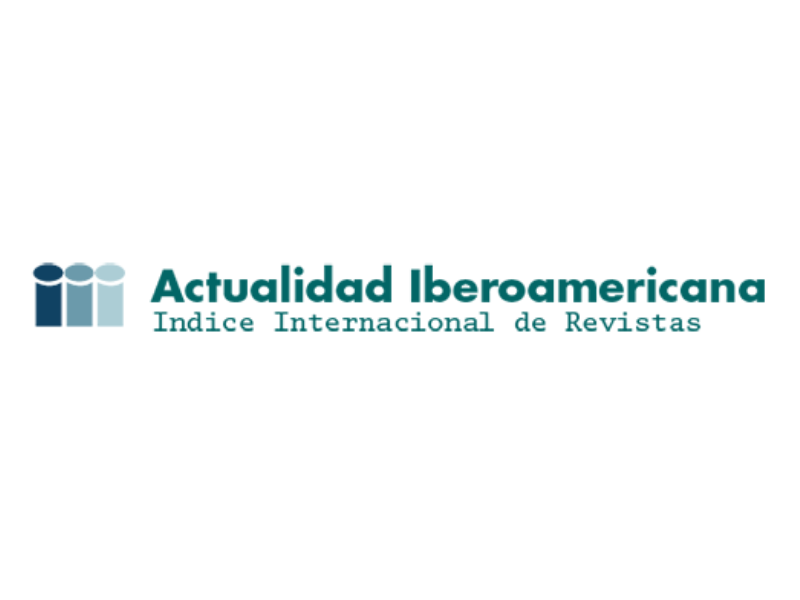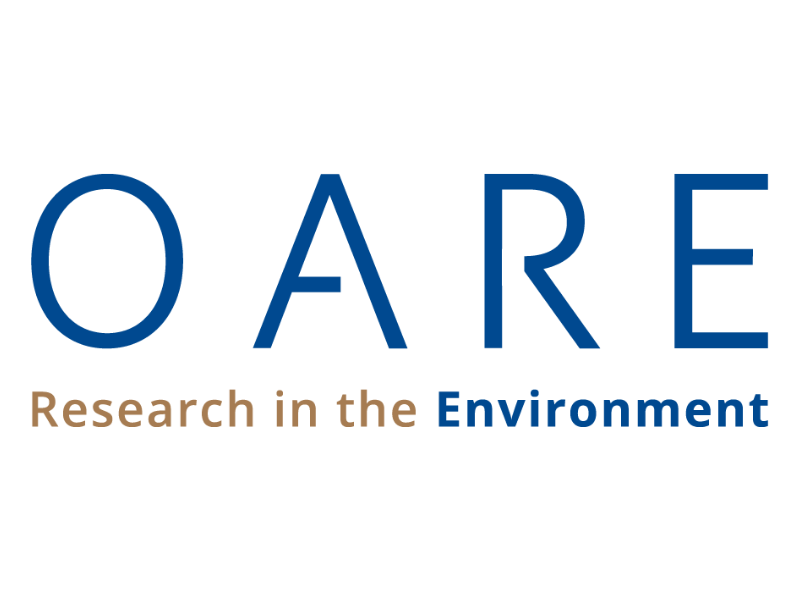Hetastarch and Hetastarch + 7.2% NaCl solution in the treatment of hypovolemic diarrheic calves
Hetastarch and Hetastarch + 7.2% NaCl solution in the treatment of hypovolemic diarrheic calves
Show authors biography
Objective. In this study, it was aimed to compare the effectiveness of Hydroxyethyl Starch (HTS), HTS +7.2% NaCl combination and Ringer Lactate solutions in the treatment of hypovolemic calves with diarrhea. Materials and methods. A total of 21 holstein calves (12 female, 9 male, weighted 28-52 kg), at the age of 0-30 days, were enrolled in the present study. The calves were randomly divided into 3 groups. Calves in the first group received HTS (10 mL / kg), calves in the second group received Hydroxyethyl starch + 7.2% NaCl combination (4 mL/kg) and calves in the third group were treated with lactated Ringer’s solution (32 mL/kg) intravenously. Calves in each group were administered with oral rehydration solution immediately, and at 8th and 16th hours after intravenous applications. Clinical examinations and laboratory findings were obtained at 0 hour, 30th minutes, 1st, 2nd, 4th, 12th and 24th hours respectively. Results. Calves in all groups achieved clinical remission with a positive response to treatment and there was no statistically significant difference in the vast majority of the variables examined, although dehydration, capillary refill time, mental status and pulse quality were better in hydroxyethyl starch group and especially in hydroxyethyl starch + 7.2% NaCl group than those of Ringer’s lactate group (p<0.05). Conclusions. In the present study, treatment of hypovolemic calves with diarrhea especially with Hydroxyethyl starch and Hydroxyethyl starch + 7.2% NaCl combination along with oral fluid therapy with the electrolyte solution was considered to be practical and effective
Objetivo. En este estudio, que tuvo como objetivo comparar la eficacia de hidroxietil almidón (HEM), HEM + 7.2% en combinación con NaCl y soluciones lactato de Ringer en el tratamiento de los terneros hipovolémicos con diarrea. Materiales y métodos. Un total de 21 terneros Holstein (12 hembras, 9 machos, con pesos entre 28-52 kg) y edad de 0-30 días, fueron consideradas en el presente estudio. Los terneros fueron divididos aleatoriamente en 3 grupos. Terneros en el primer grupo recibieron HEM (10 ml/kg), los terneros en el segundo grupo recibieron almidón + combinación hidroxietil 7.2% de NaCl (4 ml/kg) y terneros en el tercer grupo fueron tratados con solución lactato de Ringer (32 ml/kg) por vía intravenosa. A los terneros en cada grupo se les administró Rev.MVZ Córdoba 21(2):5316-5327, 2016. ISSN: 0122-0268 ORIGINAL 5317 solución de rehidratación oral inmediatamente después, y las ocho y a las 16 horas después de las aplicaciones intravenosas. Los exámenes clínicos y de laboratorio se obtuvieron a las 0 h, 30 minutos, 1, 2, 4, 12 y 24 de horas respectivamente. Resultados. Los terneros en todos los grupos alcanzaron la remisión clínica con una respuesta positiva al tratamiento y no hubo diferencia estadísticamente significativa en la mayoría de las variables examinadas; a pesar de la deshidratación, el tiempo de llenado capilar, el estado mental y la calidad de pulso fueron mejores en el grupo tratado con hidroxietil almidón y especialmente en hidroxietil almidón + 7.2% NaCl que los del grupo de lactato de Ringer (p<0.05). Conclusiones. En el presente estudio, el tratamiento de los terneros con diarrea hipovolémicos especialmente con hidroxietil almidón y almidón + 7.2% NaCl combinación hidroxietil junto con la terapia de fluido oral con la solución de electrolito fue considerado práctico y eficaz.
Article visits 1058 | PDF visits
Downloads
- Şen İ, Güzelbekteş H, Ramazan Y. Neonatal buzağı ishalleri: Patofizyoloji, epidemiyoloji, klinik, tedavi ve korunma. Turkiye Klinikleri J Vet Sci 2013; 4: 71-78.
- Walker PG, Constable PD, Morin DE, Foreman JH, Drackley JK, Thurmon JC. Comparison of hypertonic saline-dextran solution and lactated Ringer's solution for resuscitating severely dehydrated calves with diarrhea. J Am Vet Med Assoc 1998; 213:113-120.
- Berchtold J. Treatment of calf diarrhea: intravenous fluid therapy. Vet Clin North Am Food Anim Pract 2009; 25: 73-99. http://dx.doi.org/10.1016/j.cvfa.2008.10.001
- Radostits OM, Gay CC, Hinchcliff KW, Constable PD. A textbook of the diseases of cattle, sheep, pigs, goats and horses. 10th ed. London, England. WB Saunders Company, 2007.
- Constable PD, Gohar HM, Morin DE, Thurmon JC. Use of hypertonic saline-dextran solution to resuscitate hypovolemic calves with diarrhea. Am J Vet Res 1996; 57: 97-103.
- Şentürk S. Effects of a hypertonic saline solution and dextran 70 combination in the treatment of diarrhoeic dehydrated calves. J Vet Med A 2003; 50: 57-61. http://dx.doi.org/10.1046/j.1439-0442.2003.t01-1-00488.x
- Constable PD. Fluid and electrolyte therapy in ruminants. Vet Clin North Am Food Anim Pract 2003; 19: 557-597. http://dx.doi.org/10.1016/S0749-0720(03)00054-9
- Kahn CM. Fluid thrapy. In: Kahn CM (ed.): The Merck Veterinary Manual. Ed.. 9th Edition, Merck & Co., Inc. Whitehouse Station, NJ, USA, 2005, 1404-1409. http://dx.doi.org/10.1063/1.1864072
- Trefz FM, Lorch A, Feist M, Sauter-Louis C, Lorenz I. The prevalance and clinical relevalance of hyperkalemia in calves with neonatal diarrhoea. Vet J 2013; 195: 350-356. http://dx.doi.org/10.1016/j.tvjl.2012.07.002
- Constable PD, Schmal LM, Muir WW 3rd, Hoffsis GF, Shertel ER. Hemodynamic response of endotoxemic calves to treatment with small volume hypertonic saline solution. Am J Vet Res 1991; 52: 981-989.
- Leal MLR, Fialho SS, Cyrillo FC, Bertagnon HG, Ortolani EL, Benesi FJ. Intravenous hypertonic saline solution (7.5 %) and oral electrolytes to treat of calves with noninfectious diarrhea and metabolic acidosis. J Vet Int Med 2012; 26: 1042-1050. http://dx.doi.org/10.1111/j.1939-1676.2012.00960.x
- Sen I, Constable PD. General overview to treatment of strong ion (metabolic) acidosis in neonatal calves with diarrhea. Eurasian J Vet Sci 2013; 29: 114-120.























